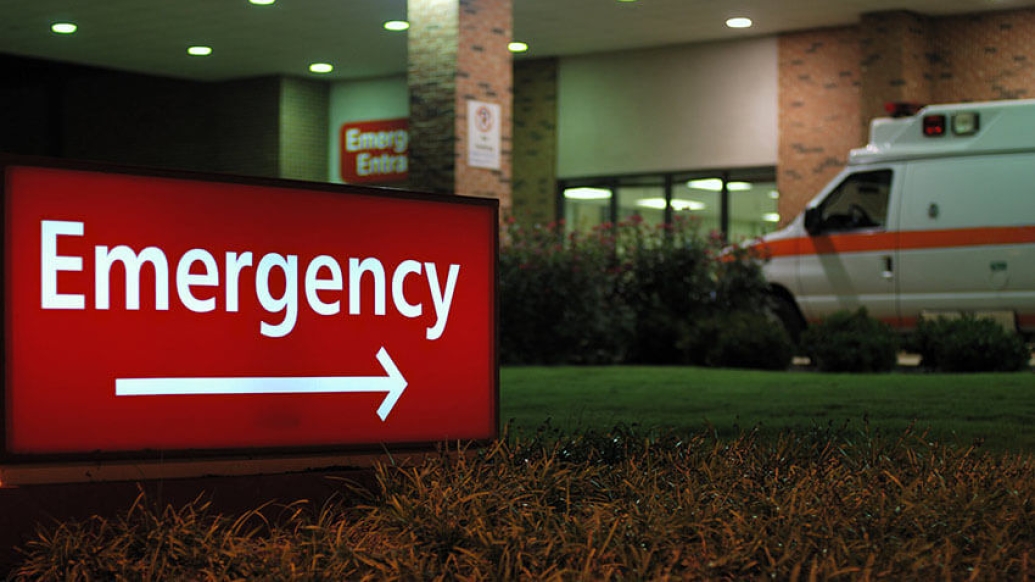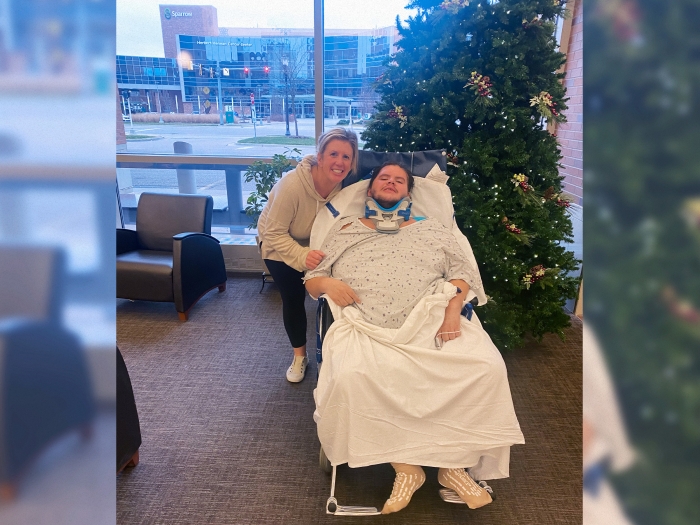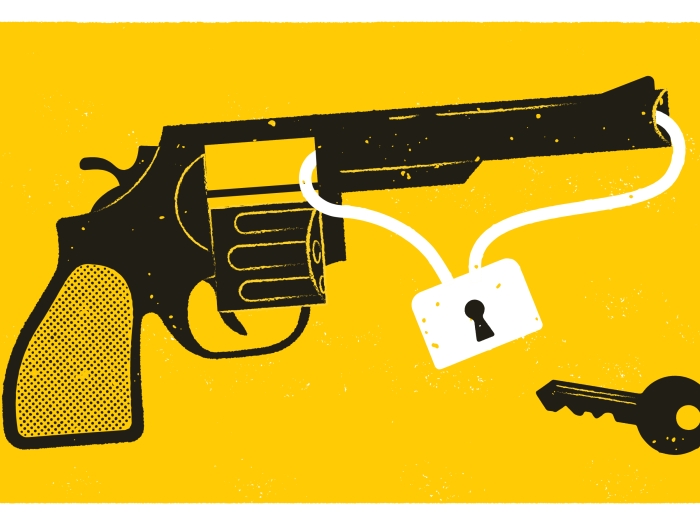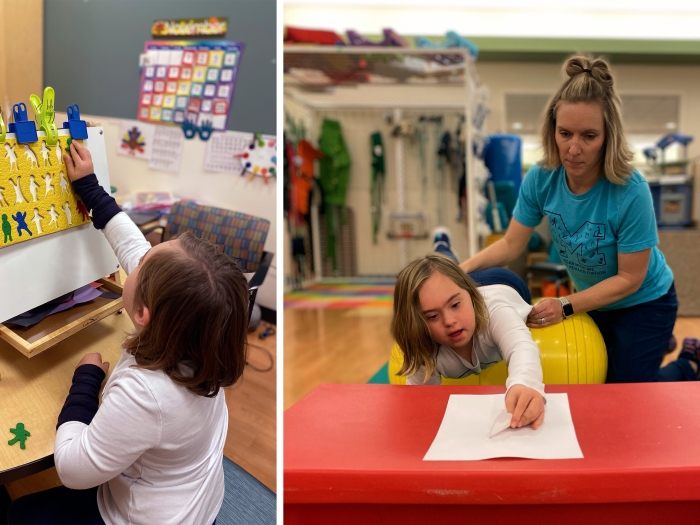Both adapted interventions decreased violent behaviors among youth in diverse communities.
11:00 AM
Author |

Opportunities to reach teens who are at risk for violence and substance use are rare. There may be only a small window of time to prevent often life-threatening violent injuries.
Researchers have long been interested in learning how to intervene during this critical time when young people are at an elevated risk for violence but before they are stuck in a perpetual cycle that leads to devastating consequences for them and their families.
MORE FROM THE LAB: Subscribe to our weekly newsletter
"SafERteens," an evidence-based behavioral intervention, is designed to engage youth at this high-risk time and reduce their involvement with violence. Two recently published studies demonstrate that this intervention, considered best practice by the Centers for Disease Control and Prevention, can be successfully integrated as a part of routine medical care delivery in both emergency and primary care settings.
Health care providers are disheartened, witnessing youth return repeatedly to emergency departments for injuries due to violence, said Jessica Roche., M.P.H., managing director of the U-M Institute for Firearm Injury Prevention.
"They recognize these deaths and injuries are preventable and are asking for what additional help they can provide to high-risk youth to prevent these injuries from occurring in the first place," Roche said. "The SafERteens intervention allows clinical staff the ability to intervene early in the cycle of violence to prevent these violent injuries."
SafERteens was developed in 2006 by Rebecca Cunningham, M.D., and Maureen Walton, Ph.D., M.P.H.. The intervention is designed for a trained therapist to work with a teen for 30 minutes during their emergency department visit to identify positive life goals and ways they can reduce their own involvement in violence, as well as other behaviors that increase violence risk, such as alcohol use.
SEE ALSO More American parents of teens are purchasing firearms during the pandemic
The intervention was rigorously tested in multiple clinical trials and demonstrated that the approach could significantly reduce violence behaviors among youth that received it. Subsequent analyses showed that this approach was cost effective, especially if implemented widely throughout trauma centers, given that the program's costs are much lower than the expense of providing medical treatment for severely injured teenagers.
The original research studies showed that SafERteens was effective in reducing violence, but a particular challenge is how to ensure these types of evidence-based programs move into routine clinical practice once research studies end.
"The focus of the current research was on trying to identify ways to accelerate the normal timeline for implementing evidence-based research programs into routine clinical practice while retaining the successful elements from the original intervention." said Patrick Carter, M.D., lead author of the emergency department-based study, director of the CDC-funded U-M Injury Prevention Center, co-director of the U-M Institute for Firearm Injury Prevention, and associate professor of emergency medicine at Michigan Medicine.
This type of preventative intervention can be delivered during an emergency department visit and has the potential for critical impact on long-term violence outcomes for youth if implemented broadly throughout emergency departments across the country.Patrick Carter, M.D.
Youth violence intervention in the emergency department, primary care clinics
Carter, Walton and a team of researchers created a web-based toolkit containing the intervention components, as well as key training resources, to help emergency staff at Hurley Medical Center in Flint, Mich., roll out the intervention as a component of routine clinical care. The toolkit, Walton notes, was developed based on working with teens and using feedback from clinical staff in these medical settings.
The research team tested different methods of implementing SafERteens within clinical care, including delivery by on-site hospital staff and delivery using a telehealth program by a remotely located therapist. Teens coming to emergency departments that screened positive for violence were split between receiving in-person or remote SafERteens intervention and two parallel control groups.
The findings, published in the Journal of Emergency Medicine, reveal a majority of teenagers completed the program and 85% who took the post-test survey felt it was very helpful to talk to a health counselor about ways to reduce fighting and stay safe in their neighborhoods. Both groups receiving SafERteens interventions demonstrated a greater increase in self efficacy to avoid fighting and decreases in pro-violence attitudes. The remote-delivered intervention was also associated with less violence and subsequent consequences than the group not receiving the intervention (the control group).
"This study demonstrates that despite the challenges of a busy clinical setting, this type of preventative intervention can be delivered during an emergency department visit and has the potential for critical impact on long-term violence outcomes for youth if implemented broadly throughout emergency departments across the country," Carter said.
Researchers used a similar framework for SafERteens at primary care clinics in Ypsilanti, Mich., where behavioral health clinicians delivered the interventions. Due to the shorter nature of primary care visits, the intervention was delivered either online or in-person after the initial appointment.
Participants receiving the intervention demonstrated greater reductions in violence and consequences related to substance use, according to results published in Injury Prevention.
"Both the clinic staff and youth participating in the program found usefulness in the intervention," said Golfo Tzilos Wernette, Ph.D., co-author of the paper and associate professor in the Michigan Medicine Department of Family Medicine. "The primary care setting is underutilized for prevention programs addressing behavioral risks among youth, including violence, and results from these staff members showed there is effective work that can have an impact."
Barriers to success for violence prevention
Despite all the successful interventions and positive feedback from both providers and teens, the availability of staff and cost emerged as barriers for widespread implementation. After the support of the research team was taken away, delivery of SafERteens declined at the three sites, as providers struggled to maintain robust screening and intervention delivery in competition with other clinical demands. Carter notes the combination of limited resources, and a busy clinical setting were clearly factors.
"Overall, the program is cost-effective in terms of savings to the medical system, and the findings suggest we should be reimbursing health care providers to deliver this service across multiple settings throughout the health system," Carter said. "Reimbursing for these clinical services will allow for additional dedicated staff to be available to provide this service and reduce the potential for violence outcomes among at-risk youth."
Future applications for SafERteens
The University of Michigan recently received a multi-million-dollar grant from the CDC that will, in part, help to disseminate this program by funding a multi-site implementation of SafERteens across six clinical sites in Muskegon and Grand Rapids, Mich. This effort is part of a collaboration between the Youth Violence Prevention Center, led by Marc Zimmerman, Ph.D., at the U-M School of Public Health, and community partners at multiple clinical sites within Muskegon.
SEE ALSO U-M receives $6M CDC grant to advance youth firearm violence prevention research
"This project is designed to show whether broad implementation of the program across multiple clinical settings can cumulatively reduce community rates of youth violence by reaching a large number of at-risk youth accessing a diverse array of medical settings," Carter said.
The funding, which is part of the U-M Institute for Firearm Injury Prevention, is part of a larger, five-year project focused on reducing youth firearm violence.
Like Podcasts? Add the Michigan Medicine News Break on iTunes or anywhere you listen to podcasts.
To learn more about SafERteens, resources are available at the website, saferteens.org. The website contains training manuals for clinics, implementation support, resource brochures and more.
Papers cited/DOIs: "Translating Violence Prevention Programs from Research to Practice: SafERteens Implementation in an Urban Emergency Department," The Journal of Emergency Medicine. DOI: # 10.1016/j.jemermed.2021.09.003
"Implementation of a youth violence prevention programme in primary care," Injury Prevention. DOI: # 10.1136/injuryprev-2021-044293

Explore a variety of healthcare news & stories by visiting the Health Lab home page for more articles.

Department of Communication at Michigan Medicine
Want top health & research news weekly? Sign up for Health Lab’s newsletters today!





